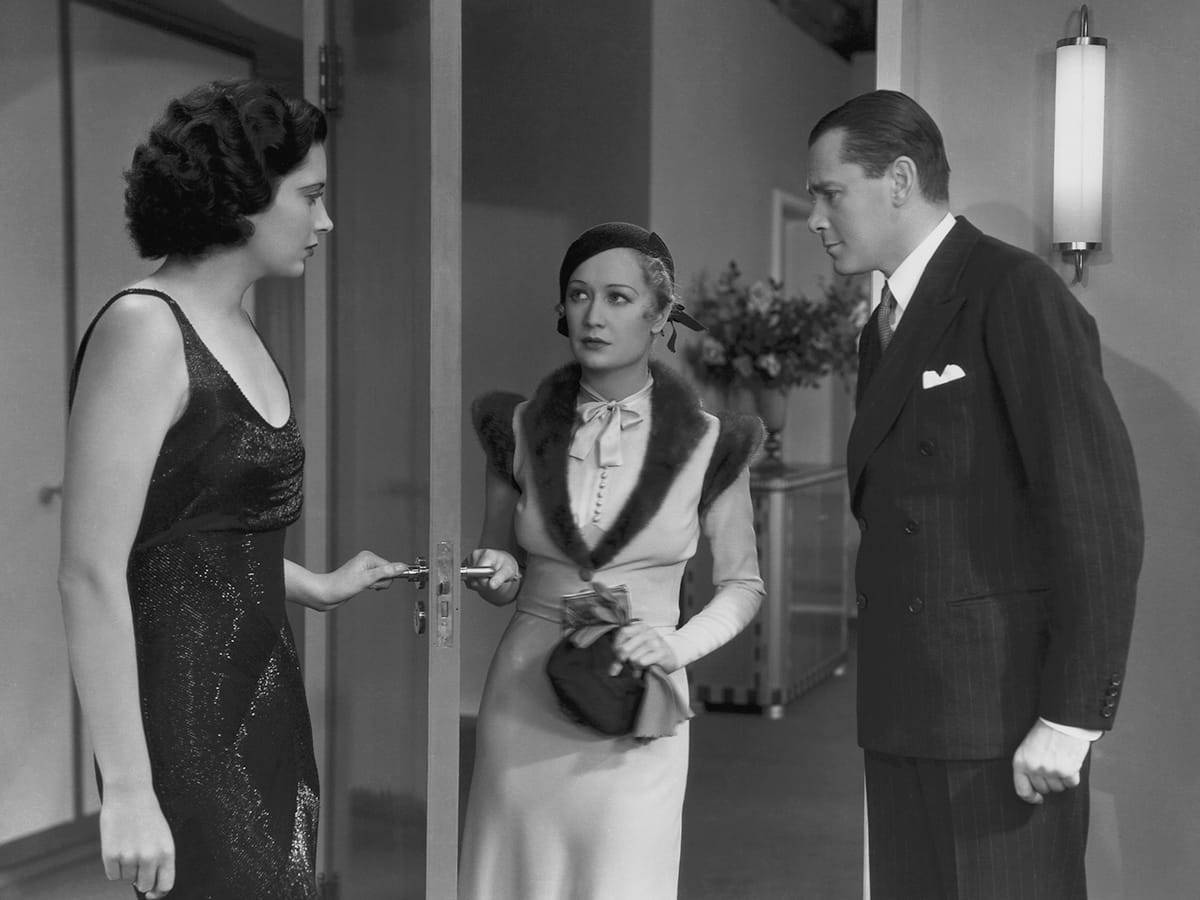 |
| Adrienne Shelly and Martin Donovan in Trust |
Cast: Adrienne Shelly, Martin Donovan, Rebecca Nelson, John MacKay, Edie Falco, Karen Sillas, Matt Malloy, Suzanne Costollos, Jeff Howard, Tom Thon. Screeplay: Hal Hartley. Cinematography: Michael Spiller. Production design: Daniel Ouellette. Film editing: Nick Gomez. Music: The Great Outdoors, Philip Reed.
Hal Hartley's second feature begins like his first, with a teenage girl played by Adrienne Shelly having a fight with her father and storming out. But unlike The Unbelievable Truth (1989), this time the girl is pregnant and, the moment she leaves, the father drops dead. As Tolstoy informed us, each unhappy family is different from the others. And as if to prove that point, on the other side of town a thirtyish man (Martin Donovan) is fighting with his father (John MacKay), but this time the father doesn't drop dead, he makes his son go clean the bathroom. Again. (It's the most spotless bathroom I've ever seen.) And the son, whose name is Matthew Slaughter, doesn't storm out then, instead he goes to work, fights with his boss, and quits his job. Eventually, the girl, whose name is Maria Coughlin, and the man have to meet and have to work out the problematic attraction that develops between them. If that reminds you of The Unbelievable Truth, in which a teenage girl and an older man fall in love, I should add that Matthew Slaughter, like Joshua Hutton in the earlier film, has a shadowed past: He hasn't been to prison like Joshua but we learn that he has a record and spent time in reform school. He's also so volatile that he carries around with him a hand grenade. (We might call it a Chekhov's grenade.) The similarities between Hartley's first two films extend to the deadpan performances and eccentric twists on conventional situations, which troubled some critics: Roger Ebert, for example, referred to the "soap opera idiom" of the story and "the arbitrary nature of his plots," but couldn't quite see where Hartley was going with the film. I wasn't sure where Hartley was going either, but I was happy to accompany him on the trip. In the second film he seemed to have learned more about making a movie: The performances are more consistently good, the pacing is more steady, and his unique voice and vision more securely articulated.








